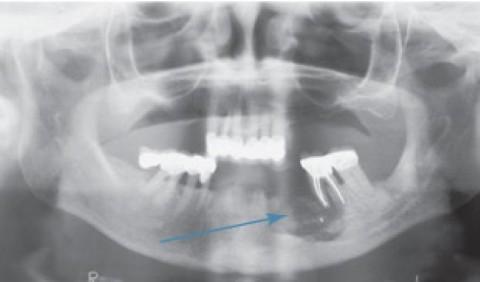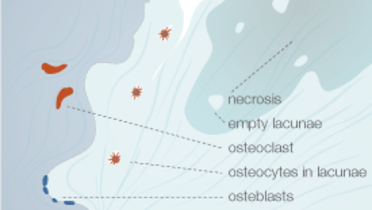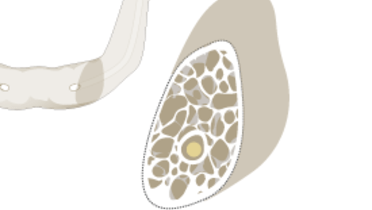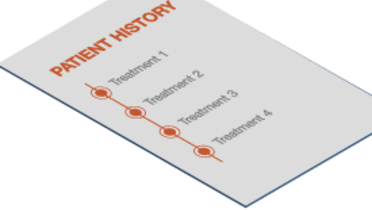-
0
Patient Assessment
- 0.1 Patient demand
- 0.2 Overarching considerations
- 0.3 Local history
- 0.4 Anatomical location
- 0.5 General patient history
-
0.6
Risk assessment & special high risk categories
- 5.1 Risk assessment & special high risk categories
- 5.2 age
- 5.3 Compliance
- 5.4 Smoking
- 5.5 Drug abuse
- 5.6 Recreational drugs and alcohol abuse
- 5.7 Parafunctions
- 5.8 Diabetes
- 5.9 Osteoporosis
- 5.10 Coagulation disorders and anticoagulant therapy
- 5.11 Steroids
- 5.12 Bisphosphonates
- 5.13 BRONJ / ARONJ
- 5.14 Radiotherapy
- 5.15 Risk factors
-
1
Diagnostics
-
1.1
Clinical Assessment
- 0.1 Lip line
- 0.2 Mouth opening
- 0.3 Vertical dimension
- 0.4 Maxillo-mandibular relationship
- 0.5 TMD
- 0.6 Existing prosthesis
- 0.7 Muco-gingival junction
- 0.8 Hyposalivation and Xerostomia
- 1.2 Clinical findings
-
1.3
Clinical diagnostic assessments
- 2.1 Microbiology
- 2.2 Salivary output
-
1.4
Diagnostic imaging
- 3.1 Imaging overview
- 3.2 Intraoral radiographs
- 3.3 Panoramic
- 3.4 CBCT
- 3.5 CT
- 1.5 Diagnostic prosthodontic guides
-
1.1
Clinical Assessment
-
2
Treatment Options
- 2.1 Mucosally-supported
-
2.2
Implant-retained/supported, general
- 1.1 Prosthodontic options overview
- 1.2 Number of implants maxilla and mandible
- 1.3 Time to function
- 1.4 Submerged or non-submerged
- 1.5 Soft tissue management
- 1.6 Hard tissue management, mandible
- 1.7 Hard tissue management, maxilla
- 1.8 Need for grafting
- 1.9 Healed vs fresh extraction socket
- 1.10 Digital treatment planning protocols
- 2.3 Implant prosthetics - removable
-
2.4
Implant prosthetics - fixed
- 2.5 Comprehensive treatment concepts
-
3
Treatment Procedures
-
3.1
Surgical
-
3.2
Removable prosthetics
-
3.3
Fixed prosthetics
-
3.1
Surgical
- 4 Aftercare
Bisphosphonates
Key points
- Bisphosphonates (BP) maintain bone mass and stability and are used in treatment of bone diseases such as osteoporosis
- BP therapy in osteoporosis patients is not a contra-indication for implant treatment
- BP medication for bone cancers like multiple myeloma constitute a contra-indication for implant treatment
Bisphosphonates - general
Bisphosphonates (BP) inhibit osteoclast activity and remain in the bone for a prolonged period. Bisphosphonates are the most commonly prescribed drugs to treat osteoporosis, bone fragility disorders, like Paget’s disease, osteogenesis imperfecta, fibrous dysplasia and bone cancers.
Side effects
In the oro-maxillo-facial region, when administered over a long period, bisphosphonates may predispose to ‘bisphosphonate-related osteonecrosis of the jaw’ (BRONJ). The mandible is affected twice as frequently as the maxilla.
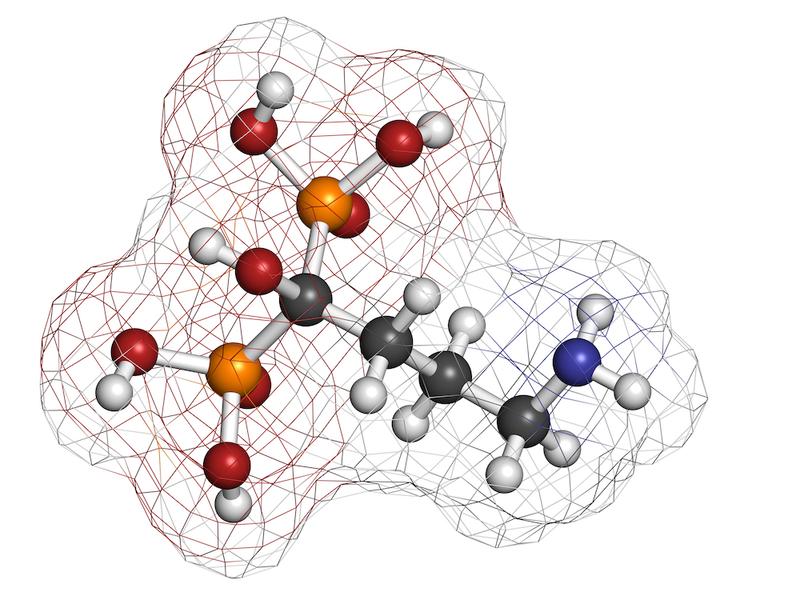
Risk for implant treatment
A variety of studies indicate that implant placement, as such, does not predispose the patient with a history of bisphosphonate therapy to implant failure or to developing BRONJ. However, each individual patient should be evaluated for key factors such as delivery mode (IV or oral intake) and duration of bisphosphonate therapy and any antecedents of healing problems following osseous surgery. Patients who have a long duration of bisphosphonate therapy and a history of poor bone healing following surgery are not candidates for implant placement.
